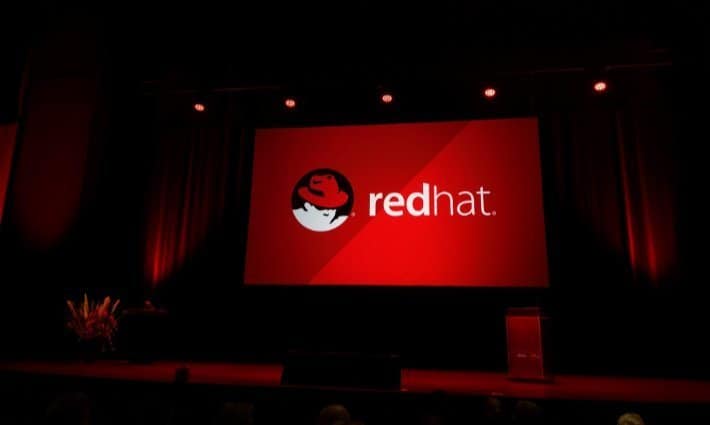Toolkit for migrating virtualization helps IT organizations achieve a smoother, more scalable modernization experience.
This week Red Hat announced the general availability of their migration toolkit for virtualization. The company says the toolkit will help organizations accelerate open hybrid cloud strategies. It does this by making it easier to migrate existing workloads to modern infrastructure.
IT organisations can now bring mission-critical applications based on virtual machines (VMs) to Red Hat OpenShift, they say. This will allow them to experience a smoother, more scalable modernization experience while mitigating potential risks and downtime.
Red Hat said that IT organizations have to address existing systems and workloads. Many of these may run on infrastructure or resources that aren’t compatible with the realities of modern computing. Modernizing these deployments can be time consuming, costly and overwhelming for those without the necessary tools.
As the migration trend continues, Red Hat is working with customers and partners to modernize and migrate projects. They do this by helping enable cloud-native capabilities through migration toolkits that come with OpenShift. These offerings now include the migration toolkit for virtualization by Red Hat, which helps migrate VMs at scale to Red Hat OpenShift.
This gives organizations the ability to more easily access workloads running on virtual machines, while developing new cloud-native applications. Migrations take place in a few simple steps, first by providing source and destination credentials, then mapping the source and destination infrastructure and creating a choreographed plan and finally, executing the migration effort.
“Modernization at scale”
“Modernization does not happen overnight,” Red Hat said. System administrators and developers are often the point teams driving digital transformation and, relatedly, Kubernetes adoption. When selecting VMs to migrate, the Red Hat migration toolkit for virtualization will automatically highlight any potential issues and provide information on how to solve them when possible. Once the organization has selected the VMs, they can simply launch their automated migration – letting Red Hat do the work.
